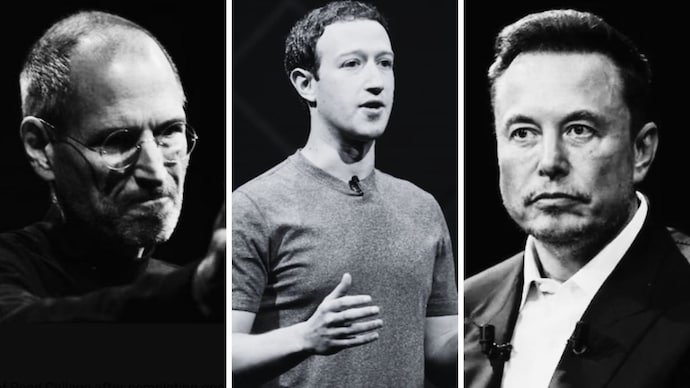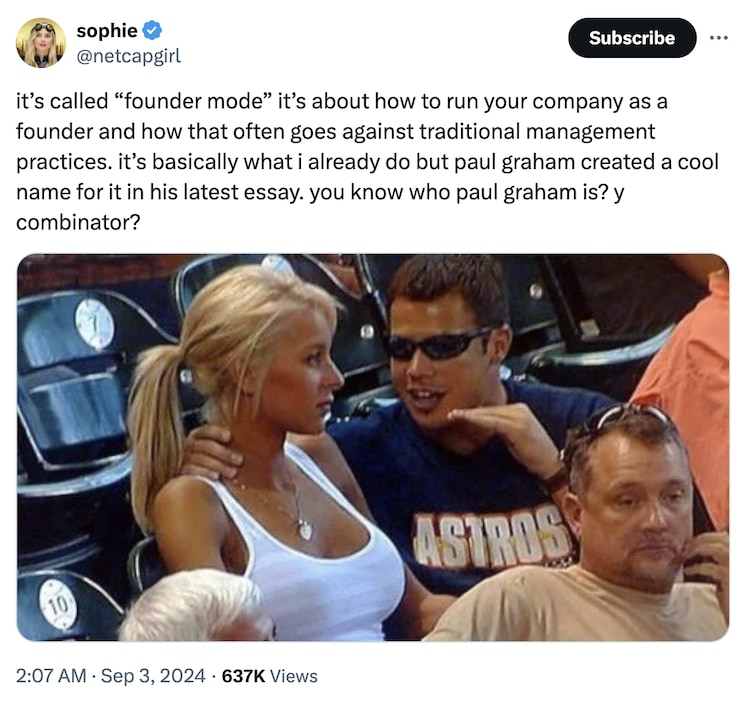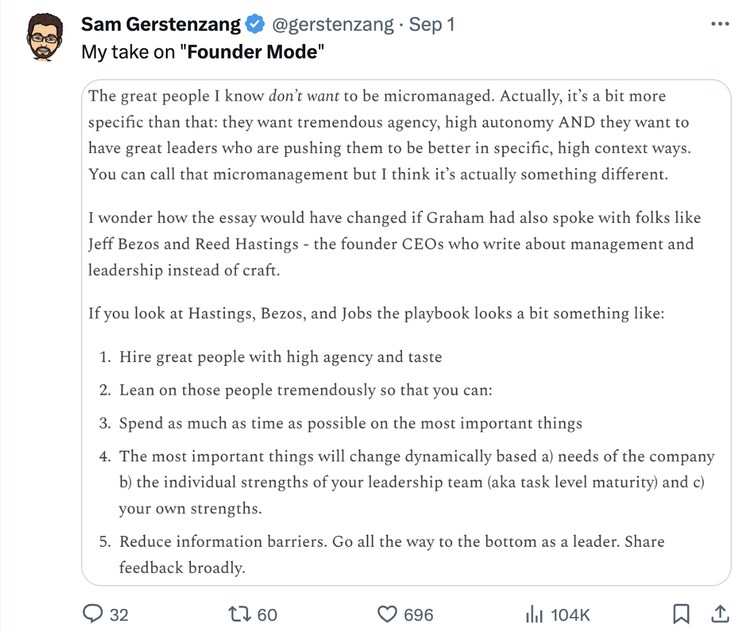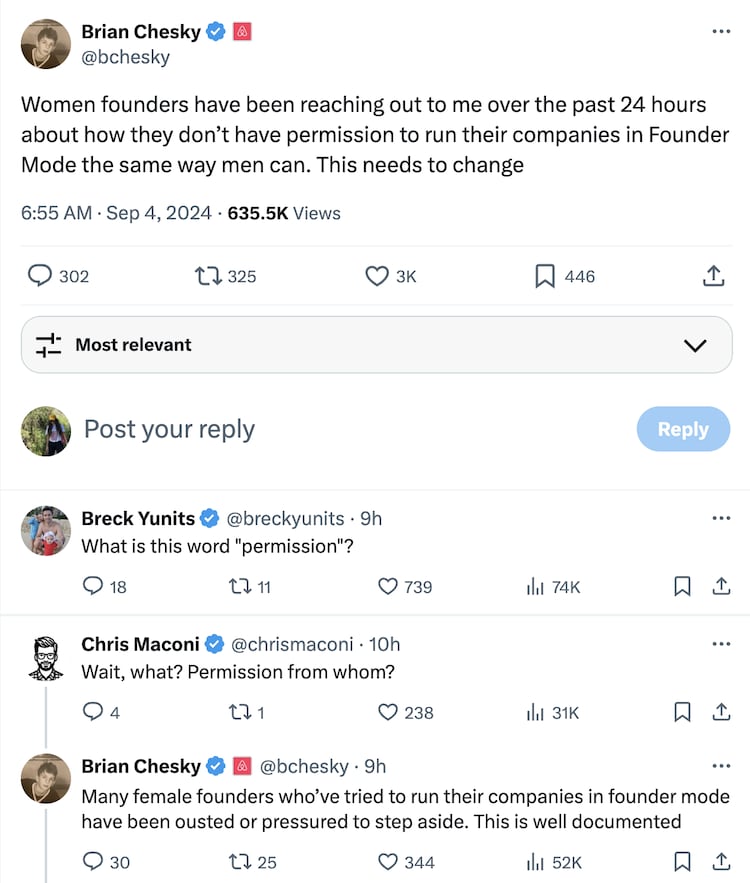What is Founder Mode? All the details about that phrase from Paul Graham that techies are talking about
Tech experts on the internet have been engaged in an intense discussion lately: Which is better, Founder Mode or Manager Mode? It’s a real tug of war of ideas, and the meme fest is a lot of fun to be a part of. Here are all the details about what’s going on.
Listen to the story

Tech experts in Silicon Valley and across the internet have been embroiled in a heated debate lately: Which is better, founder mode or manager mode? The term ‘founder mode’ was coined by Y Combinator co-founder Paul Graham in an essay published this month. The debate revolves around the question: Which approach is more effective? Is it the hands-on approach, in which the founder is actively involved in the daily operations of the company, known as founder mode? Or is it manager mode, in which work is delegated to executives and the founders step back? But the essay hasn’t just sparked a heated debate – the internet is now awash with founder mode memes and merchandise.
What is Founder’s Mode?
“There are actually two different ways to run a company: founder mode and manager mode,” says Graham. “By now most people, even in Silicon Valley, have assumed that running a startup means going into manager mode. But we can infer the existence of another mode from the frustrations of those founders and the success of their attempts to avoid it.”
Essentially, founder mode would be the state of intense focus and productivity that startup founders need to achieve while building their companies. It’s not just about working hard; it’s about adopting a mindset where everything else takes a backseat for the sake of the growth and success of the business. Graham describes founder mode as a time when founders must become completely immersed in their work, often to the exclusion of other activities and distractions.
In the essay, Graham also takes a dig at business schools that do not give students the technical education to become founders, but only turn them into managers. “As far as I know, there is no special book about the founder mode. Business schools do not know it exists. We have only the experiments of individual founders figuring it out for themselves so far. But now that we know what we are looking for, we can explore it. I expect that in a few years the founder mode will be as well understood as the manager mode. We can already predict some of the ways it will differ.”
One of the prime examples of the founder mode Graham describes is Airbnb’s Brian Chesky, who recently explained how getting less involved in day-to-day operations led to bigger problems later on at his company. “The less I got involved, the more problems I got into,” Chesky said in a recent podcast. “And by the time I got into a problem, the work had increased 10-fold.” Recognizing this, he decided to take a different path: “I’m going to get involved in every single detail. And Airbnb is not going to do anything that I can focus on personally,” Chesky said. This change in strategy has proven to be effective, as according to Paul Graham, Airbnb now has one of the best free cash flow statistics in Silicon Valley.

Founder Mode vs. Manager Mode
The concept of “founder mode” has been adopted by many high-profile leaders from various industries. Steve Jobs is one of the most iconic examples. Jensen Huang of Nvidia is another, known for managing 60 direct reporters, ensuring he remains closely involved in every aspect of the company. Elon Musk’s deep immersion into the operations of his many ventures is also an example of founder mode, as is Mark Zuckerberg’s hands-on approach at Meta. Sam Altman, who takes over at OpenAI, also takes a similar path.
Graham says, “Whatever happens in founder mode, it’s pretty clear that it will break the principle that the CEO should only engage with the company through his direct reporter. “Skip-level” meetings will become the norm rather than an unusual practice. And once you let go of that constraint there are a lot of options to choose from.”
“Jony Ive and Hiroki Asa from Apple inspired me to embrace Founder Mode,” says Brian Chesky.

According to a NYT report, former Amazon and Meta executive Dan Rose said that both Jeff Bezos and Mark Zuckerberg were known for their micromanagement styles. These leaders were deeply involved in the details of their companies’ products and business operations, setting a standard where autonomy was not expected, and any resistance often led to people being fired.
Meanwhile, many have argued that the idea of founder mode glorifies unhealthy work habits and promotes a culture of overwork. Many tech experts believe that founder mode can be effective in the short term, but it should not be seen as a long-term strategy. They advocate for a more balanced approach, where founders can maintain high productivity without sacrificing their health and personal life.

For example, the founder of The Information believes that founders still need strong managers. She said that even Steve Jobs, who was known for his intense involvement in every detail of Apple’s operations, relied heavily on Tim Cook. Cook managed Apple’s huge manufacturing operations, which became a key part of the company’s success.
X user, Sam Gerstenzang, says Founder Mode is a lot like micromanagement, but the difference is in the tasks, work output, and how it’s done.

Another startup investor cited the example of Microsoft under Satya Nadella’s leadership as a great example of “manager mode.” Nadella’s leadership has been praised for turning Microsoft into one of the world’s most valuable companies. Tim Cook also operates in manager mode and has succeeded in making Apple a trillion-dollar company.
Women founders struggle to get into founder mode
Amid all this, Brian Chesky shared an interesting post in which he said that several female founders have reported that they don’t have “permission” to operate in founder mode. Chesky says that there are several recorded instances where a female founder was ousted for micromanaging. “In the last 24 hours, female founders have been contacting me to report that they are not allowed to run their companies in founder mode the way men can. This needs to change,” Chesky wrote in the post.

Founders Mode Meme Fest
The debate around “founder mode” has also taken a humorous turn on social media. Many have joked that it’s just a fancy term for micromanagement. One user on X joked, “Everyone is loving founder mode this weekend, until the average CEO starts implementing it on Tuesday.”


While the debate continues, it is clear that both the founder mode and the manager mode have their own advantages. The key may lie in striking a balance between the hands-on approach of the founder and the execution skills of a strong managerial team, creating a dynamic environment that drives both innovation and growth.





